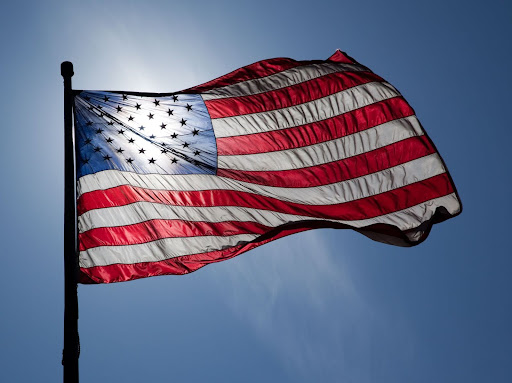It’s a perpetual debate, a national controversy that is tangible at home. The conflict questions the very foundations of Neshaminy pride – the district’s mascot, the Redskin. It has been one of the fundamental elements that consistently distinguishes Neshaminy from schools in the vicinity. The term reflects back to the district’s heritage; the land on which Native Americans once walked and is depicted as tribute rather than tarnish.
Numerous clubs use the word – yearbook openly displays it, take for example last year’s cover. The Playwickian newspaper, one of the most essential aspects of the high school should make it mandatory to properly represent the district via the use of the Redskin.
Around Neshaminy, physical education teachers wear sports t-shirts with the Redskins insignia. Simply searching the district website for redskin results in: “Be a Neshaminy Redskin musician, everybody do the redskin rumble, join redskin swimming and diving, redskin marching band.” The principal’s newsletter is called “Redskin Rumblings.” The first image under co-curricular office is “Time will never dim the glory of the Neshaminy Redskins.”
A Neshaminy victory is also a Redskin victory. The statement compensates for previous sins to committed upon Indians during America’s discovery, employing that there is vast amounts of honor in winning a game being a Redskin. Unlike Wildcats or Tigers, the name had no monotony – it glorifies, not derogates.
Redskin is not racist as it is a representation of the school spirit that Neshaminy represents. At the football games Redskin Nation is not a group of people being racist, they are the students of Neshaminy uniting as one to cheer on the team.
In 2002 Sports Illustrated published a seven-page editorial entitled “The Indian Wars.” A poll was conducted amongst Native Americans in which the following information was gathered:
“Asked if high school and college teams should stop using Indian nicknames, 81 percent of Native American respondents said no. As for pro sports, 83 percent of Native American respondents said teams should not stop using Indian nicknames, mascots, characters and symbols.”
Another instance involves a 2004 study; the Annenberg Policy Center at University of Pennsylvania found that when 768 Native Americans were asked “the professional football team in Washington calls itself the Washington Redskins. As a Native American, do you find that name offensive or does it bother you?” Only nine percent declared it “offensive,” while one percent had no answer. The other 90 percent said it does not bother them or is insulting in any form.
These statistics make it evident that nationally, when Native American perspectives are accounted for as a whole, the majority finds no slander. A insignificantly-numbered crowd protest and exaggerate the matter.
Ignorance is out of the question; the facts are simple. They are embedded in the achievements of Neshaminy School District and the great strides and progress made carrying the term of redskin. Poquessing, Tawanka and Neshaminy itself are roots of the Native American language leading to the logistical justification of choosing a Redskin mascot.
Neshaminy portrays a ‘redskin’ in a positive light. If the intent is not used in a harmful context, then dispute should not occur. Neshaminy called themselves redskins since the commencement of the school district decades ago. Changing the name would be changing Neshaminy’s identity.
It is undeniable that in the past “redskin” has been used in a pejorative sense, but Neshaminy illustrates a genuine example of how, in present day, the attached defamation has disintegrated and is replaced with a high prestige, trumping the past. The shame in changing it exceeds the non-existent shame in keeping it.
Neshaminy creates their own definition of Redskin, apart from the barbaric word that dictionaries classify it as. And this is the definition that bestows pride, dignity and accomplishment. The definition that the populace should base their opinions on. The word in Neshaminy’s context upholds an ageless integrity and a tradition that cannot shatter so easily.
This dissenting point of view represents one-third (7 members) of the Editorial Board







